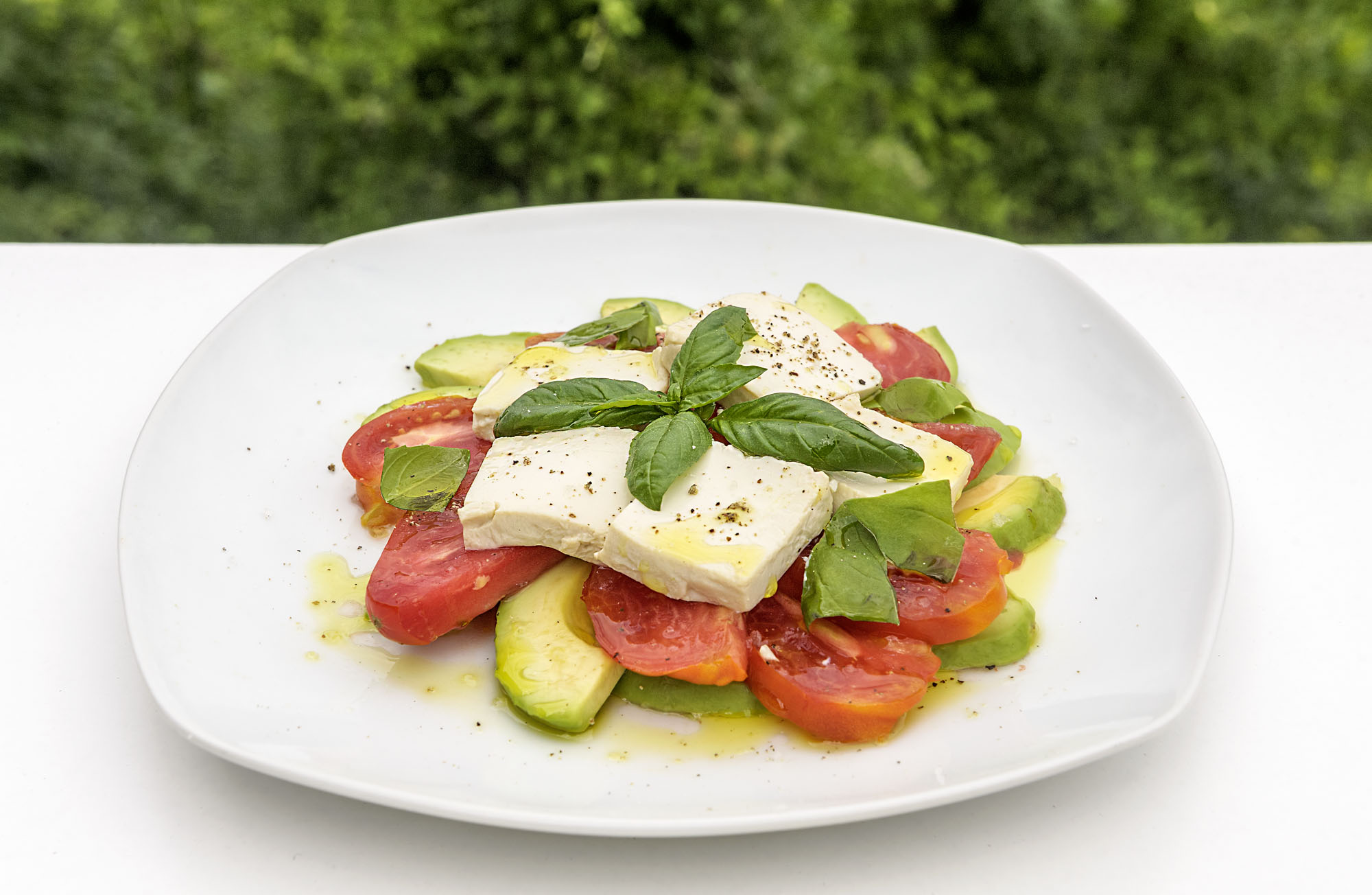It's not certain exactly when tofu was introduced to Japan. One theory holds that it was brought over from China by the great Buddhist priest and scholar Kukai, also known as Kobo Taishi (734-835) in the early ninth century during the early Heian Period (794- 1185). However, we must fast-forward to the Kamakura Period (1185-1333) to find any written reference to a food that we now take for granted in Japan.
In any case, tofu was a luxury food reserved for the upper classes until the mid-Edo Period (1603-1868). Around the mid-18th century, tofu became an affordable and popular food in the cities, especially Edo (old Tokyo), becoming so ubiquitous that its price was strictly regulated by the Tokugawa shogunate. In 1782, a cookbook with 100 tofu recipes, called "Tofu Hyakuchin," was published in Osaka. It became a national best-seller, leading to two sequels, and the original is still in print, in both old and modernized Japanese.
Tofu in Japan is made by grinding up water-logged soy beans, cooking the resulting slurry, separating the solids (called okara) and the liquid (tōnyū, or soy milk), and solidifying the latter with a coagulant. The coagulant used in Japan is nigari (magnesium chloride), which is derived from sea water. Different kinds of tofu are made by varying how much water is drained away from the soy milk.



















With your current subscription plan you can comment on stories. However, before writing your first comment, please create a display name in the Profile section of your subscriber account page.